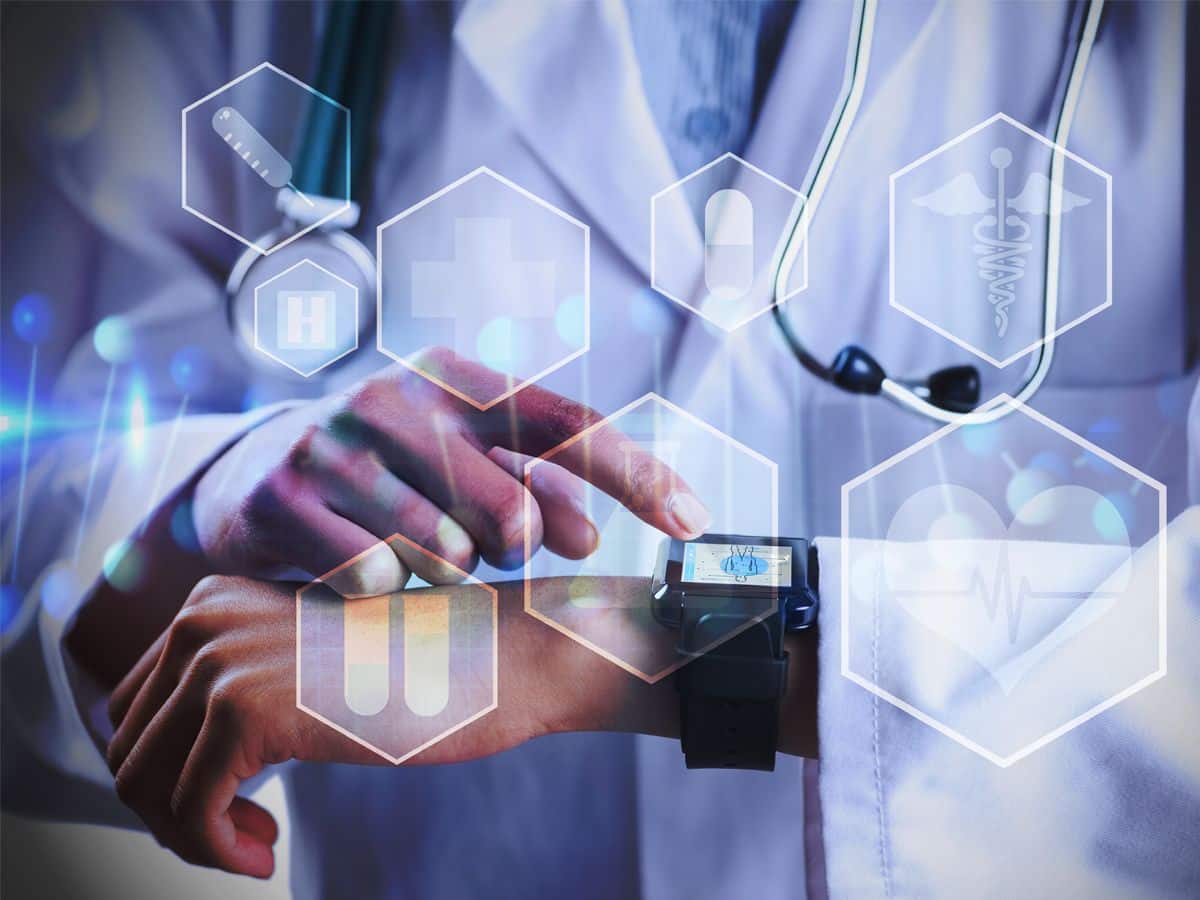By Michael Rivera, PhD
As health technology progresses, healthcare systems are prioritizing investment to digitize their facilities and enable integrated care models. Better patient outcomes require remote treatment and real-time health statistics. The present healthcare infrastructure lacks real-time patient information and preemptive actions. IoT can push the digital revolution in healthcare to a new level. IoT can help hospitals enhance treatment and save costs.
Below are some IoT healthcare solutions:
Operational Efficiency
The healthcare system focuses on safety and care. Real-world challenges like wait times and clinic visits require better illness management. Many hospitals restrict readmissions, and data collection is frequently delayed.
The application of IoT in healthcare can improve treatment and safety. Innpvative IoT BLE sensors can make the invisible visible, track human implants, keep watch on sensitive inventory, as well as measure positive and negative pressure, all in real time. The data can minimize wait times and help the healthcare system.
Reduced Operational Costs
Operational expenditures, which run into the millions, are a major expense incurred by the healthcare system. There is need to boost efficiency to decrease expenses.
IoT can streamline the medical care process and increase interoperability to cut costs. It allows machine-to-machine engagement, data transmission, and the exchange of information to improve healthcare delivery.
IoT aims to reduce human interventions and manual interactions in healthcare, delivering economic benefits. It lowers expenditures and improves patient health and safety.
Disease Control
Millions of people globally experience heart issues, obesity, diabetes, arthritis, cancer, and stroke. Disease management is critical and affects therapy outcomes. A strategy is needed to monitor health conditions and assist in managing illnesses.
IoT can enable tracking of health via wearables, implants, heart monitors, and glucometers.
Healthcare providers may access gadget data in real-time via the cloud. The data and remote patient monitoring can help with overall disease control.
Improvement of the rural healthcare system
IoT allows the healthcare system to provide remote interventions in rural settings.
Exchange of Data
Medical data will surge in future years. Healthcare struggles to manage all this data. In addition to that, IoT devices and sensors capture real-time data.
IoT cloud solutions may collect data from many devices and report it in real-time. Real-time analysis can enhance diagnosis and therapy. Visual analysis helps healthcare practitioners immediately understand the data.
Final Thoughts
The application of IoT in healthcare is new yet can improve the industry. It will enhance treatment outcomes, monitor patients, provide preventative care, and save operating costs. IoT in healthcare systems will boost the next step by engaging machine-generated data, human feedback, and employee sentiment at scale. We’re Thinaer and we’re a team of PhDs, technologists, artists, data scientists, and business strategists. Thinaer can partner with you to take the next step in this journey. Talk to us today!

